Penguins: Barometers of Climate Change
While it may not be initially intuitive to think so, penguins make up a major proportion of top predator species found in the Western Antarctic Peninsula (WAP.) This means that measurements of their population sizes and breeding success can give an indication of the “health” or stability of the ecosystem. Global climate change has been linked in many parts of the world to dramatic changes in ecosystem health and stability. As I indicated in previous dispatches, the Palmer LTER study region has seen some of the greatest increases in average winter temperatures during the last 50 years of anywhere on the planet, and the effects of this warming on the WAP ecosystem are only now becoming evident. One of the major hypotheses of the Palmer LTER program is that with the warming of the Peninsula, the amount and extent of winter sea ice has been decreasing, resulting in changes in the breeding success and overall population sizes of the resident penguin species. The penguin species most affected by these changes is the Adélie Penguin, appropriately referred to as the “bellwether of climate change.”
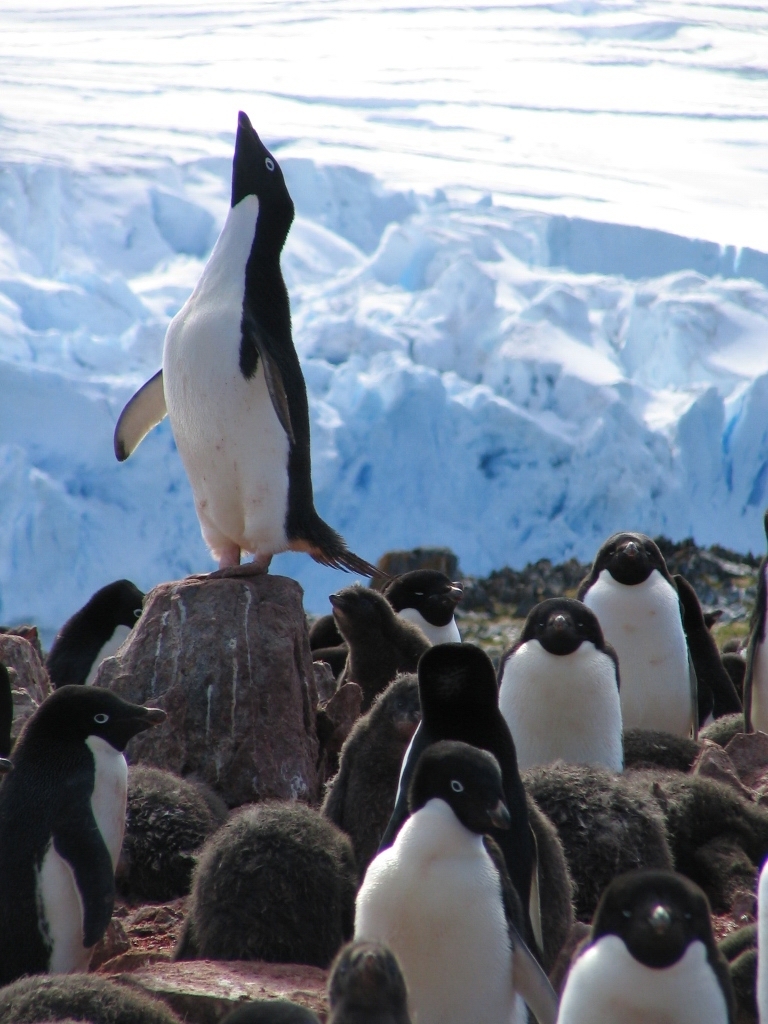
The Adélie Penguin.
Data collected from Palmer Station and previous LTER cruises, among other sources, show a general decline of Adélie Penguin populations in the northern parts of the Peninsula, with a simultaneous increase in the size and numbers of colonies in the southern regions.
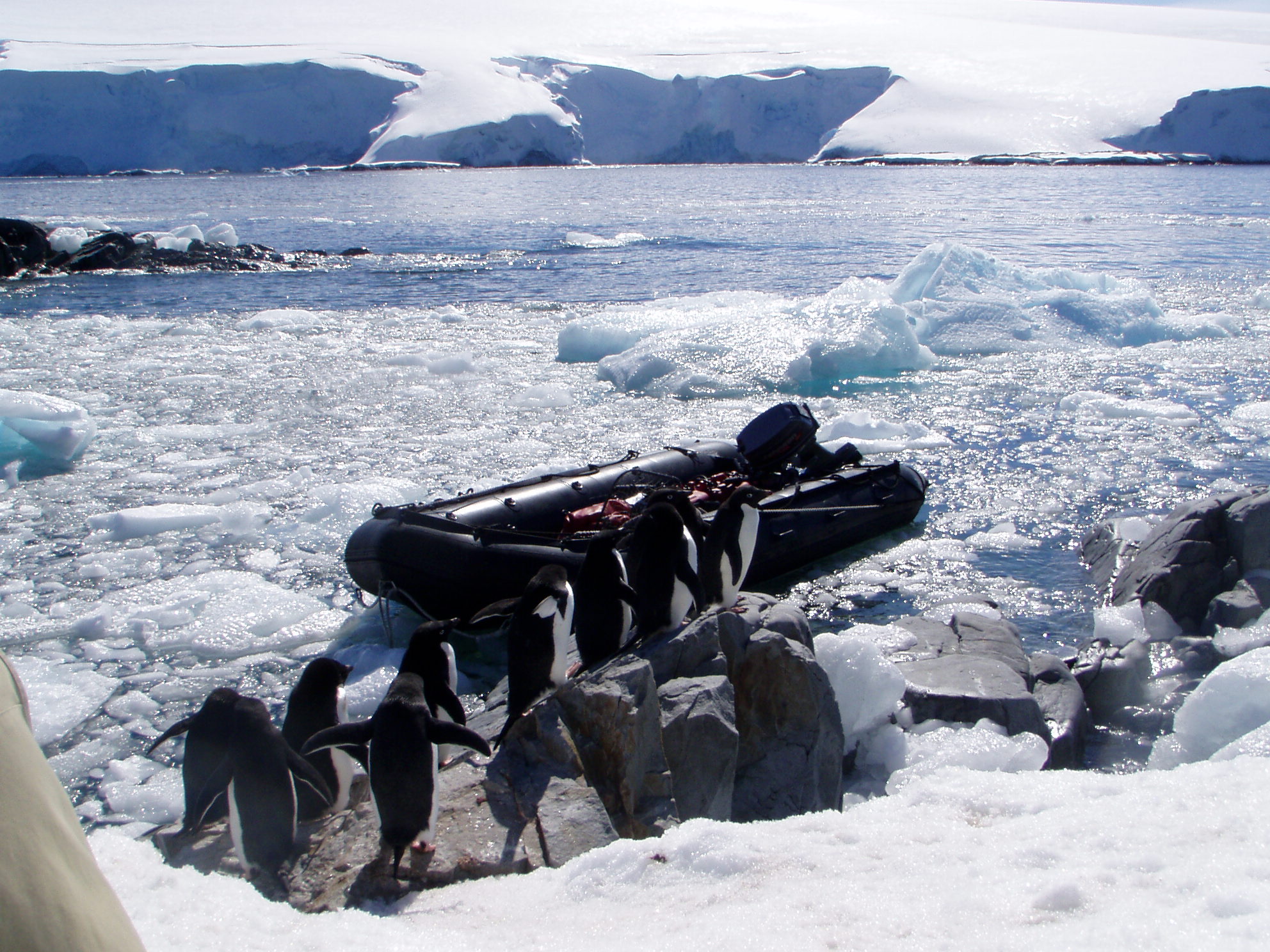
When it comes to humans, penguins can be very fearless and curious. Here, they look like they’re lining up to be taken back in the scientists’ zodiac!
With the decrease in numbers of Adélies, we have seen an increase in two closely related species, the Chinstrap and Gentoo Penguins, that breed mostly in the northern regions of the Peninsula. These penguins do not rely as heavily on winter sea ice for winter habitat as the Adélie Penguin does, and therefore can move into those areas the Adélies have abandoned. Every year on the LTER summer cruise we find more and more evidence of these trends in penguin population size and distribution.

Gentoo Penguins.
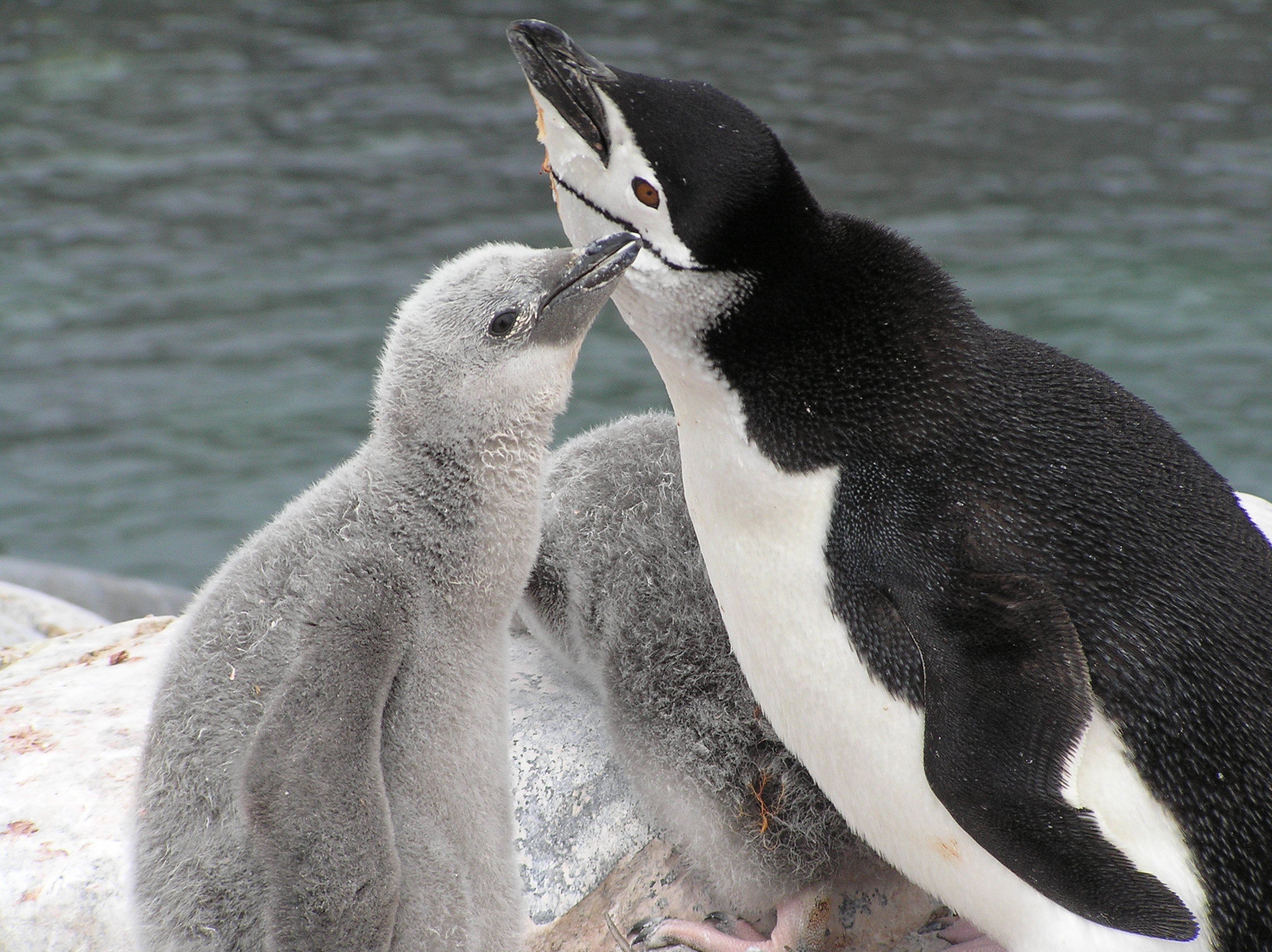
Baby and adult Chinstrap Penguins.
Even more surprising are recent sightings of species that have rarely, if ever, been seen as far south as some parts of our study region. For example, the King Penguin was seen on Torgersen Island in 2006 near Palmer Station, hundreds of kilometers south of its traditional breeding and feeding areas. In addition, the Macaroni Penguin was seen last season on Avian Island (the southern end of our study region,) over 400 km (~250 miles) further south than any of its kind have ever been seen before!

A nesting Macaroni Penguin.
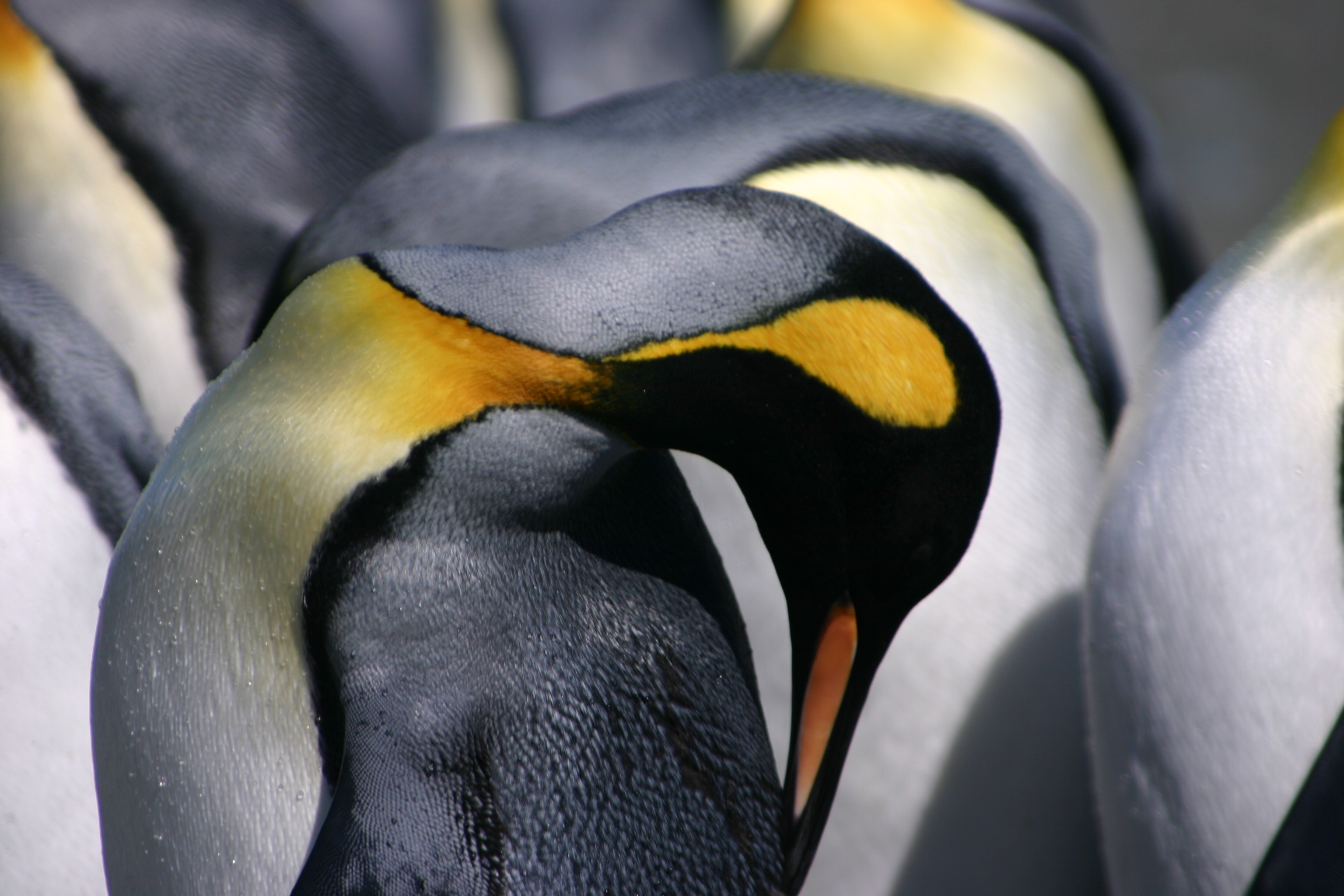
King Penguins have a strong physical resemblance to Emperor Penguins, but, among other differences, are smaller in size. Photo by Mike Usher, courtesy of the National Science Foundation.
These unusual events are all fragments of the dramatic changes being foisted upon all creatures in this part of the world.



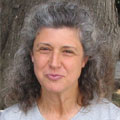







i love penguin……….
Your photos are magnificent. May I have your permission to develop a painting from your photograph of the King Penguins?
Thank you!
Hi Faafil,
The picture of King penguins was taken by Mike Usher and is provided courtesy of the National Science Foundation, in their United States Antarctic Program photo library, located here: http://photolibrary.usap.gov/
Their terms of use are as follows:
Print and electronic media may use the photos free of charge; however, the photographer and the National Science Foundation must be credited.
Schools, educational and encyclopedia publishers, and similar institutions may use the photos freely to further educational awareness of Antarctica.
No one may reproduce the photos for personal or commercial profit, use the photos on products for sale (i.e., t-shirts, coffee mugs) or use the photos for advertisement without express permission from the photographer. To obtain contact information for a photographer, contact the Photo Librarian at PhotoLibrarian@usap.gov.
Hope this helps.
All the best,
Kate O’Donnell
(Ice Stories Project Coordinator)
Hi Kate!
I just saw your response – thank you so much! I’ll contact the photographer. The painting would be just for my own use, not for sale, but to possibly enter into a show.
Thanks again – Happy New Year!
Hi Kate
Great site! If Faafil wants to contact me re the king penguins shot, rather than go via the NSF you can pass on my email address [supplied with this message] directly to him / her.
Best wishes,
Mike Usher
Hi Kate
Hi
I did twice because I didn’t know it will work. I love your site. It’s great.
hi
i love you photos..
Hi, I’m a natural science student. I wondered if you could authorize me to use few of your pictures on the Chinstrap Penguin for a Biology (school) project. The management my school demands the respect of the copy rights for my oral presentation. That is why I need your permission.
Thank you for your time
Hi Shehrezada. Unless otherwise noted, all of the photos on the Ice Stories website are licensed under the following Creative Commons agreement:
http://creativecommons.org/licenses/by-nc-sa/3.0/us/
So considering your project is educational and not for profit, you are free to use the photos. Thanks for checking, and best of luck on your project.
- Mark Andrews, Project Manager